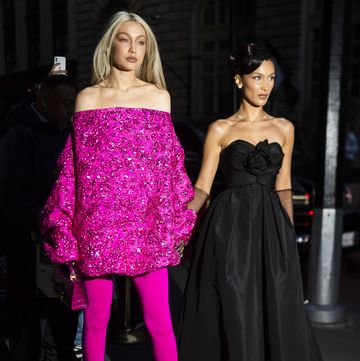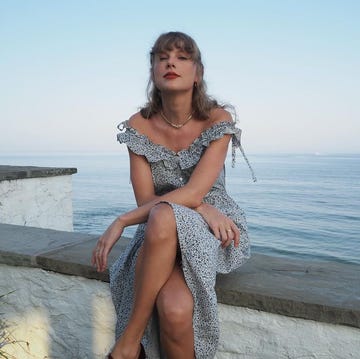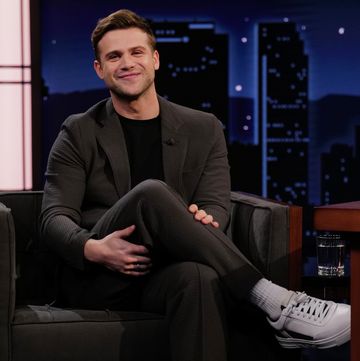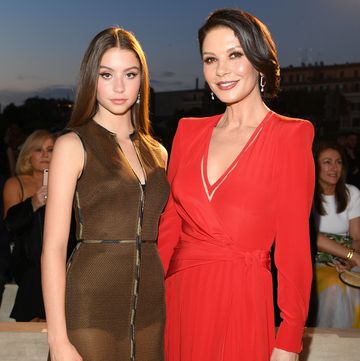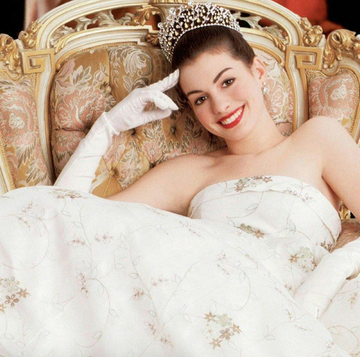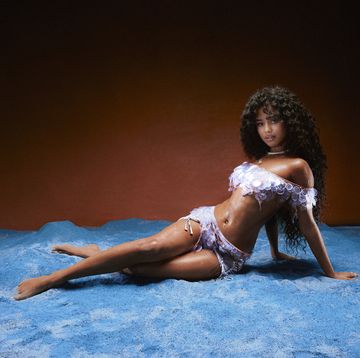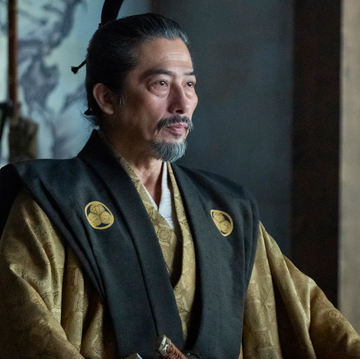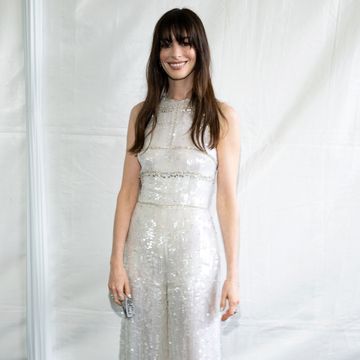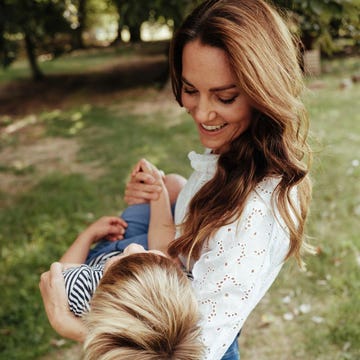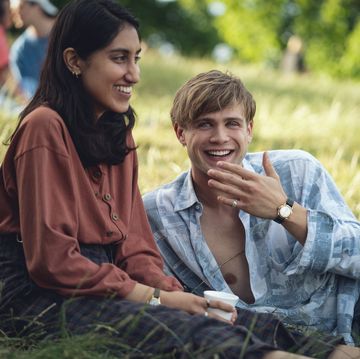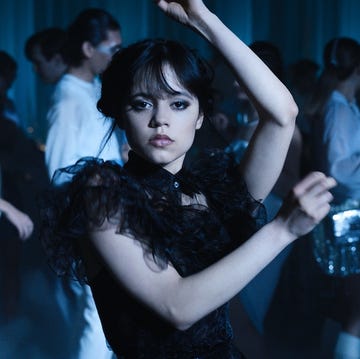Whilst there are remarkably few LGBT characters in mainstream cinema, LGBT people of colour have been virtually non-existent. More recent television shows which feature LGBT characters of colour in a realistic way, such as Fox's Empire and the popular Netflix series, Orange Is The New Black, have still been few and far between. But now, thanks to Barry Jenkins' Moonlight, we have been offered a wider, more complex depiction of the black LGBTQ experience. Although it might still be too early to call, it seems that the landscape of cinema is on the cusp of change.
Moonlight (2016)
[youtube ]https://www.youtube.com/watch?v=Wp0gjj2Rjiw [/youtube]
Moonlight, which showed as part of the London Film Festival, is a long-overdue corrective to the minimal screen time LGBT people of colour have had in Hollywood.
Barry Jenkins' adaptation of the play In Moonlight Black Boys Look Blue gives a refreshingly raw portrayal of life as a queer African-American boy growing up in a poor district in Miami, and having to navigate the black community's codes about masculinity and sexuality.
The story of the protagonist, Chiron, is played out in three parts - 'Little', 'Chiron' and 'Black' - the names given to him as he goes from childhood to adolescence to adulthood. All three actors who play Chiron at these different life stages give exceptionally complex, three-dimensional performances, and although the film is thin on dialogue, it is the silences and glances between characters that resonate the most.
In a heart-wrenching scene between Chiron and Juan, the local drug dealer who becomes his surrogate father, Chiron asks him what a faggot is, to which Juan gives him the uncertain, nervous glance of a father trying to guard his child from the perils of the big, bad world.
Despite the trauma and suffering, the film is full of beautiful and touching moments, like when Juan teaches Chiron how to swim in the first part, and when he makes himself a bath by heating the water on the stove and using washing up liquid for bubbles, symbollicaly washing away his sorrows with the soapy water.
It's a wonderfully lyrical and introspective film that challenges stereotypes and depicts the struggle of being both gay and black in an honest, nuanced way.
Other nuanced portrayals of LGBT people of colour in film:
Tangerine (2015)
Entirely shot on an iPhone 5S and punctuated by a soundtrack of thumping trap music, Tangerine is a bittersweet comedy-drama about a transgender sex worker who enlists the help of her best friend to hunt down her pimp boyfriend after discovering that he's been cheating on her with a cis woman. Although by no means a perfect film, it features great performances from Mya Taylor and Kitana Kiki Rodriguez and portrays their sisterhood and sex work in a non-shaming way, making it a significant leap forward for transgender women of colour in cinema.
Pariah (2011)
Originally made as a short in 2007 but then re-released as a full feature in 2011, Dee Rees received a number of awards for this ground-breaking film. Pariah tells the story of Alike, a 17 year old African-American high school student in Brooklyn, who slowly but surely comes to embrace her identity as a lesbian and confides in her openly gay friend Laura, whilst grappling with her mother's disdain. It's a well- observed portrait of strait-laced parents trying to suppress their daughter's sexuality, and of a teenager's desire to attract a girlfriend.
Paris Is Burning (1990)
[youtube ]https://www.youtube.com/watch?v=78TAbjx43rk [/youtube]
The landmark documentary is a poignant portrayal of African American, Hispanic gay men and drag queens and transgender women at a time when it was rare to see transgender people speak on screen. It first gave a unique insight into New York's vogueing subculture in the 1980s and features candid interviews with key African-American gay and transgender ballroom figures including Willi Ninja and Octavia St. Laurent.


